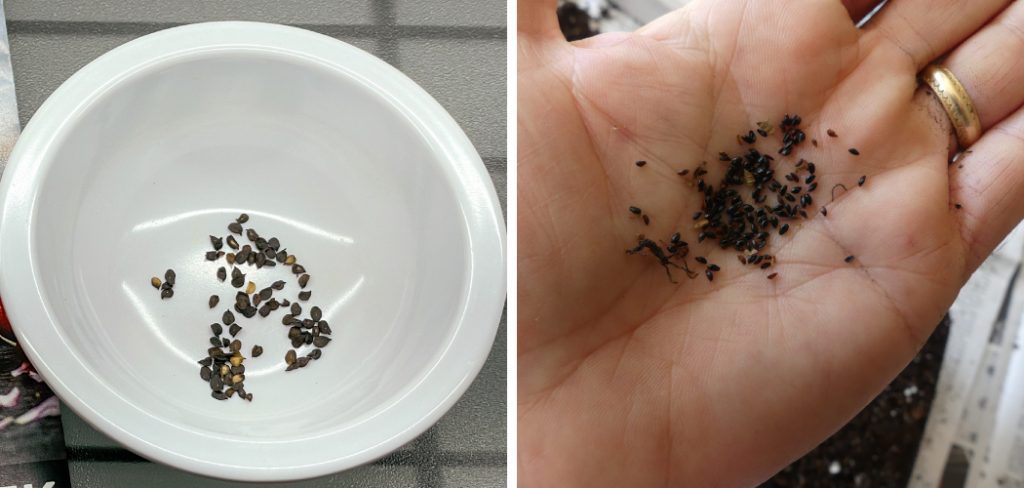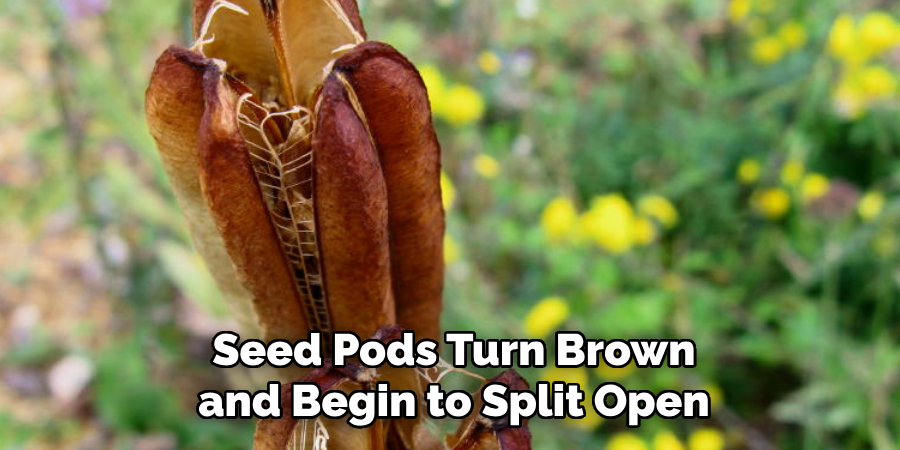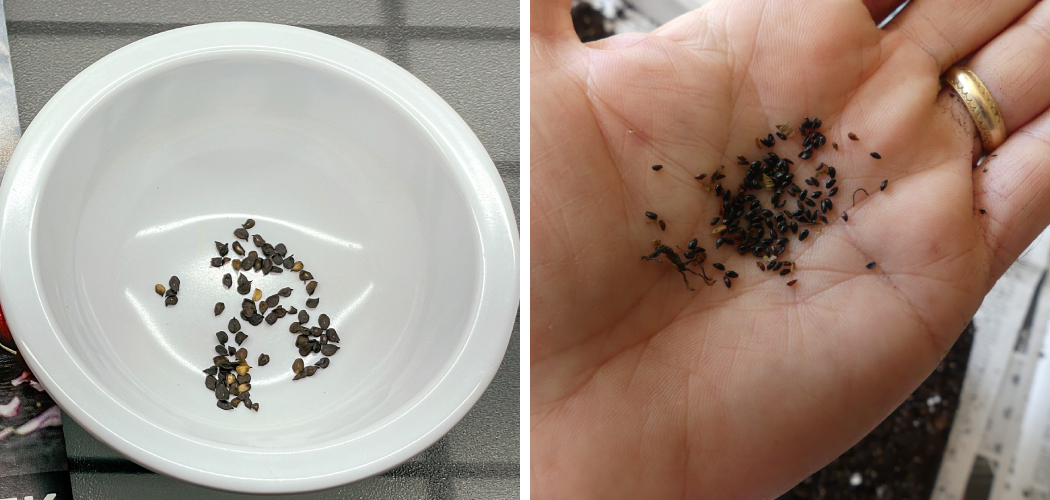To collect dianthus seeds, allow the flowers to dry on the plant, then remove the seed pods and gather the seeds. Dianthus seeds can be collected by allowing the flowers to dry and remove the seed pods, ensuring successful propagation of these beautiful flowers in your garden.
Dianthus, also known as carnations or pinks, are popular garden flowers that produce beautiful blooms in a variety of colors. If you want to grow dianthus plants from seeds, it’s important to know how to collect and store the seeds for future planting.
Collecting dianthus seeds is a simple process that can be done in a few easy steps. By allowing the flowers to dry on the plant, you can ensure the seeds are fully matured. Once the flowers have dried, carefully remove the seed pods and gather the seeds. Properly storing the seeds in a cool, dry location will ensure they remain viable for future planting. Whether you’re a seasoned gardener or a beginner, collecting dianthus seeds allows you to enjoy the beauty of these flowers year after year.

How to Collect Dianthus Seeds: Step by Step Guide
Preparing For Seed Collection
Preparing for seed collection begins with choosing a healthy dianthus plant. Inspect for ripe seed pods and gather necessary tools. Examine the plant’s overall condition and select a vibrant specimen. Look for signs of disease or pest damage. Identify seed pods that have turned brown and feel dry to the touch.
Carefully remove these pods from the plant using clean, sanitized tools. Ensure the pods are fully mature before harvesting to maximize seed viability. Remember to handle the pods gently to prevent damage or premature seed release. By following these steps, you can collect dianthus seeds successfully.
Harvesting The Dianthus Seeds
Harvest the dianthus seeds by waiting for them to fully mature. Next, collect the seed pods. Once you have the pods, remove the seeds from them.
Proper Storage And Preservation
Collecting dianthus seeds requires proper storage and preservation techniques. Firstly, cleaning and sorting the seeds is essential. Next, the seeds should be dried thoroughly to prevent moisture damage. Once dried, selecting suitable storage containers is crucial to maintain seed viability.
It is important to choose containers that are airtight and moisture-resistant. Glass jars or sealed plastic bags work well for this purpose. Additionally, labeling the containers with the seed variety and collection date is recommended for easy identification. Storing the seeds in a cool, dry location away from direct sunlight will help prolong their lifespan.
Following these steps will ensure that you successfully collect and store dianthus seeds for future planting.
Additional Tips And Considerations
Collecting dianthus seeds requires proper labeling and organization techniques to ensure a successful process. When gathering the seeds, it’s important to understand their viability, as this will determine their potential for future growth. Label each seed batch with relevant information, such as the date collected and the specific dianthus variety.
Organize the seeds in a systematic manner, using containers or envelopes to keep them safe and easily accessible. Consider using a seed catalog or spreadsheet to track the details of each batch. Additionally, protecting the seeds from moisture and extreme temperatures will help maintain their freshness.
By carefully labeling and organizing the dianthus seeds, you will be prepared for next season’s planting and have a successful collection process.
Frequently Asked Questions On How To Collect Dianthus Seeds
Can I Collect Dianthus Seeds From My Own Garden?
Yes, you can collect dianthus seeds from your own garden. Wait for the flowers to wither and the seed pods to turn brown. Harvest the pods, dry them, and then gently crush them to release the seeds. Store the seeds in a cool, dry place until you’re ready to sow them.
When Is The Best Time To Collect Dianthus Seeds?
The best time to collect dianthus seeds is when the flowers have bloomed and the seed pods have formed. Typically, this happens in late summer or early fall. Wait until the seed pods turn brown and start to open before collecting the seeds.
How Do I Know When Dianthus Seeds Are Ripe?

Dianthus seeds are ripe when the seed pods turn brown and begin to split open. The seeds inside will be dark in color, often black or brown. You can gently press on a pod to see if it opens easily and if the seeds are fully developed.
Should I Collect Dianthus Seeds When They Are Wet?
It is best to collect dianthus seeds when they are dry and the seed pods have fully matured. If the seeds are wet, they may not germinate properly or may be prone to mold and fungus. Wait for a dry period before harvesting the seeds.
How Long Can I Store Dianthus Seeds?
Dianthus seeds can be stored for up to 2 years if properly stored. Keep the seeds in a cool, dry place in an airtight container. Check the seeds periodically for any signs of mold or decay and discard any that show these signs.
Label the container with the date and variety of the seeds for easy identification.
Conclusion
To conclude, collecting dianthus seeds is an accessible and rewarding task for any gardener. By following the steps outlined in this guide, you can ensure a successful seed collection process. Remember to wait until the flower heads have fully dried on the plant before removing them, and to store the seeds in a cool and dry place for future use.
Whether you’re a seasoned gardener or a beginner, saving dianthus seeds allows you to grow your own beautiful and unique flowers year after year. Not only does collecting seeds save you money, but it also gives you the opportunity to share these vibrant blooms with friends and family.
So, give dianthus seed collection a try and watch as your garden flourishes with stunning colors and delightful fragrances. Happy gardening!

